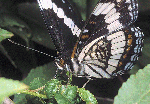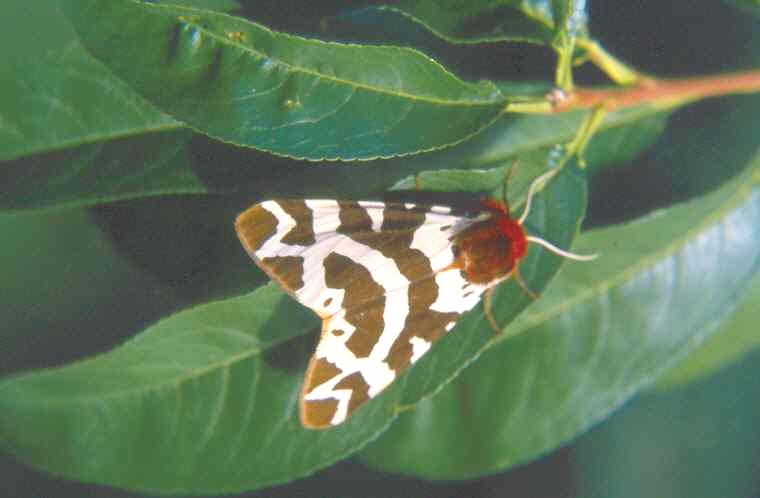
Utah Lepidopterists' Society
Founded 6 Nov 1976

|
|
Utah Lepidopterists' Society Founded 6 Nov 1976 |
|
| History | Mission | Meetings | Bulletin | Checklists | Links | Community | Field Trips | Habitat | Members | Kids | Contact Us |
Limenitis archippus obsoleta
(Arizona Viceroy)
 |
|
| Adults | Last instar larva on Salix exigua |
|
|
 |
| Example of habitat with hostplant Salix exigua | Photo design courtesy Kim Davis & Mike Stangeland |
General:
The Type Locality of L. archippus obsoleta is southern Arizona; W.H. Edwards, 1882. The arizona viceroy is a mimic of the unpalatable striated queen (Danaus gilippus thersippus.) It is a denizen of the Mojave Desert; a delight to witness as it is found flying around and about watercourses in association with its hostplants--Salix exigua and Populus ssp. Populations of obsoleta seldom leave their strict valley riparian habitat and occasionally experience population expansion/retraction as caused by larval parasitism, predation, droughts, floods, and other natural and manmade forces altering (sometimes radically) its unique habitat dynamics.
Although the arizona viceory has shown resiliency against these elements, and usually recover, some eastern California populations have gone extinct as caused by the invasive plant Tamerisk ramosissima (salt cedar); which has choked out local riparian willows and cottonwoods.
Utah Distribution and Habitat:
Within Utah, populations of L. a. obsoleta are restricted to the Virgin River Basin and the Beaver Dam Wash regions found in Washington County. The Virgin River Basin consists of the Virgin and Santa Clara Rivers which run in proximity to St. George. The plant community in association with this butterfly's habitat includes Atriplex lentiformis (big saltbush), Phragmites australis (common reed), Baccharis glutinosa (seep willow), Salix exigua (sandbar willow), and Populus fremontii (cottonwood).
Hibernation is as larva. Unlike first instar larvae, freshly molted second instar larvae show a visible saddle which contains a photo receptor that monitors day length in order to assess whether or not they will hibernate at third instar or continue to adult. If photoperiod is less than a given threshold, larvae begin preparing for diapause. This is initially evidenced by third instar larvae as they move away from their perch at the end of the leaf and begin silking the stem of the leaf to the branch; insuring that it does not fall during the winter months. These diapausing third instar larvae then chew away the non-essential portions of the leaf; leaving behind a template for constructing a rolled leaf hibernaculum. The larva then attaches the edges of the leaves together with silk essentially creating a tube with an entrance and a walkway.
Upon completion, the third instar larva will still leave the hibernaculum a few times in order to feed before settling in and hibernating for the winter. The hibernaculum is constructed and silked in such a way as to create a snug fit for hibernation; which is necessary as Basilarchia diapausing larvae can desiccate under arid conditions.
In the early spring, once the hostplant starts budding, the hibernating larva is triggered to break diapause and start feeding again. It usually takes between two to four weeks to complete feeding before it pupates.

Beaver Dam Wash near Lytle Ranch Preserve on 29 October 2005. This photo was taken after the spring floods ravaged the area earlier in the year. Although there were an uncounted number of willow and cottonwood trees uprooted and destroyed, many seedlings had already started to grow by October and two ova of the arizona viceroy were encountered on the willow seedlings. (Dr. Wayne Whaley in background.)
All images of Limenitis weidemeyeri on the ULS Info Bar courtesy Jay Cossey